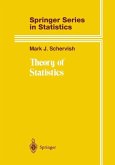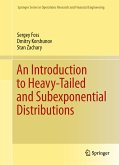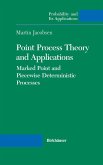Dieser Download kann aus rechtlichen Gründen nur mit Rechnungsadresse in A, B, BG, CY, CZ, D, DK, EW, E, FIN, F, GR, HR, H, IRL, I, LT, L, LR, M, NL, PL, P, R, S, SLO, SK ausgeliefert werden.
"The book is aimed at teachers and students as well as practicing experts in the financial area ... . Persons working in the wider world of finance will also find many relevant ideas and examples even though credibility methods have not yet been widely applied here. The book covers the subject of Credibility Theory extensively and includes most aspects of this topic from the simplest case to the most general dynamic model." (Zeitschrift für die gesamte Versicherungswissenschaft, Issue 2, 2006)
"The authors ... have done an excellent job while explaining the basic concept and at the same time elaborating on the practical problems actuaries encounter. ... The book is aimed at teachers, students and practising experts, especially actuaries working in property-casualty insurance. ... The book has relevant practical examples and exercises which practitioners might find useful. It may be useful for students/non-actuaries who do not have a statistical background ... ." (Gautam Kakar, Annals of Actuarial Science, Vol. 2 (2), 2007)









